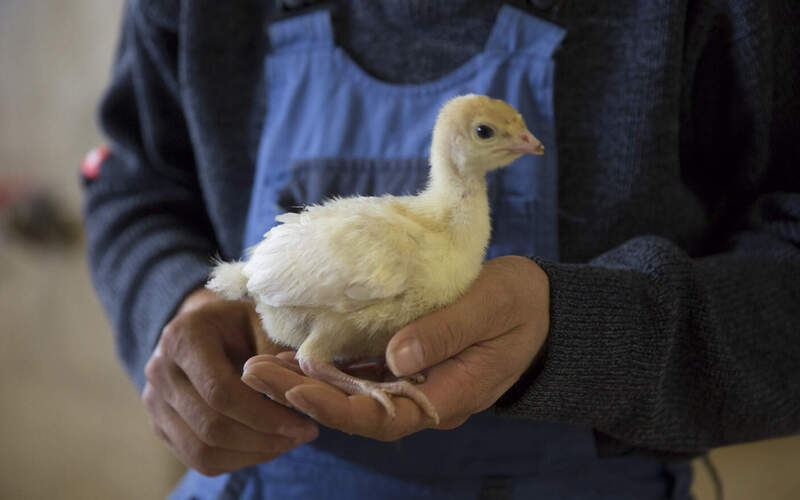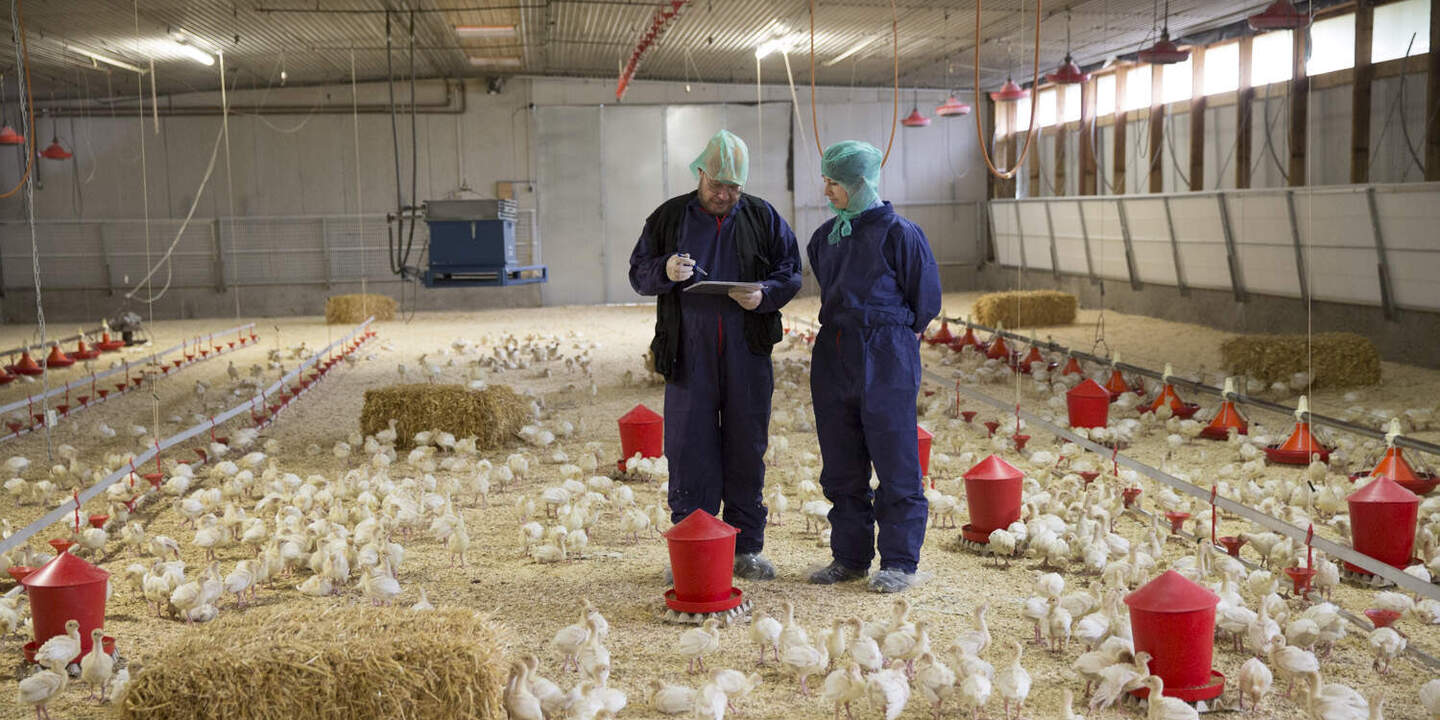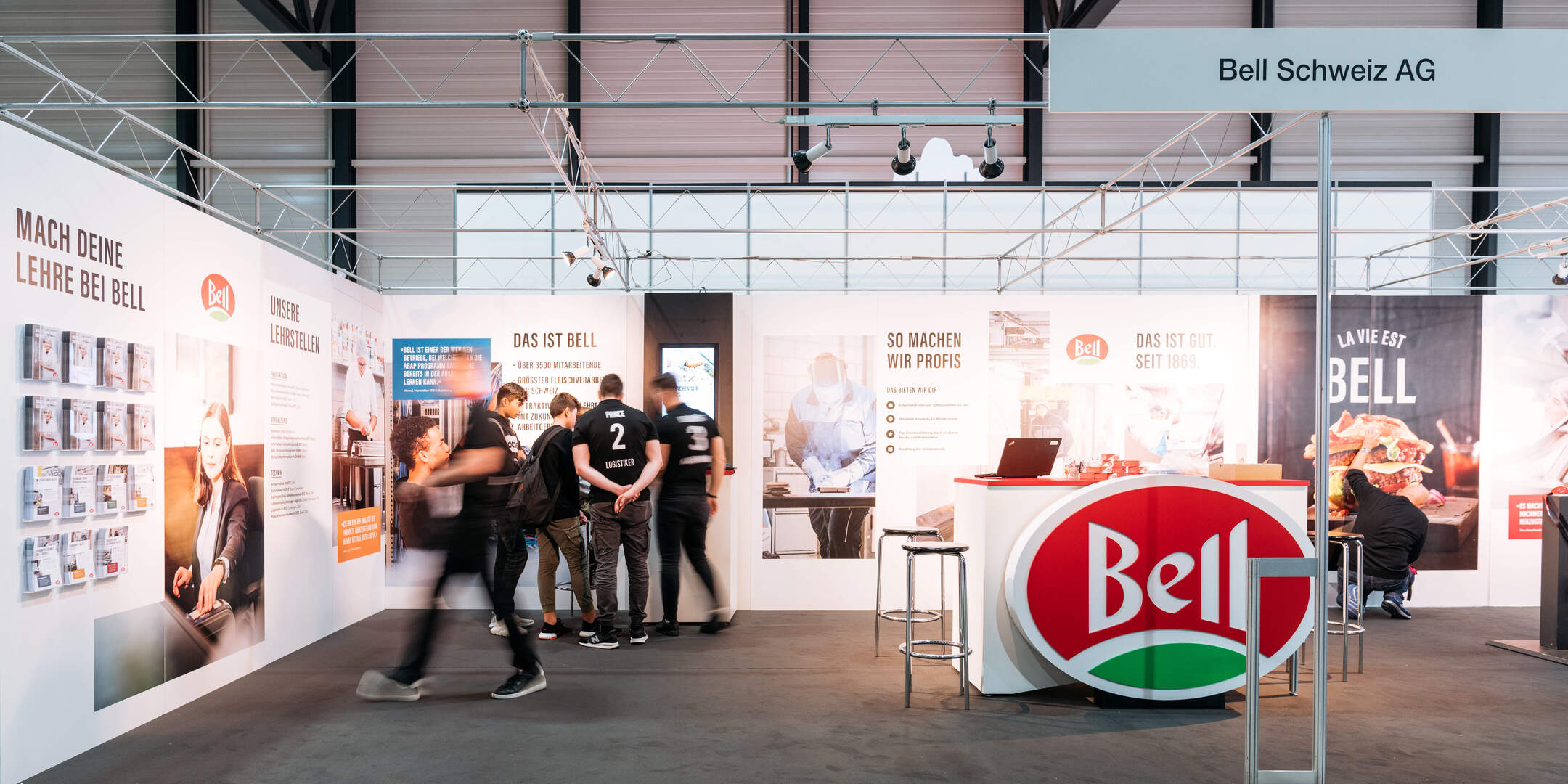The facts refute blanket judgements
Antibiotic-resistant bacteria are increasingly cropping up everywhere in the world. The media and public opinion often blame animal production for the increase in these bacteria. A sweeping statement that doesn't reflect the truth of the situation, says Prof. Roger Stephan of the University of Zurich.
Bacteria are minute one-celled creatures that are found everywhere and can be transmitted between people, animals and the environment. They can be harmless or even useful, but some of them cause disease. Antibiotics are used in veterinary and human medicine to treat these diseases. They prevent the bacteria from increasing or kill them – but they have to be used judiciously.
If antibiotics are used indiscriminately or wrongly, they can lose their effectiveness. Inappropriate treatment with antibiotics can cause bacteria to build up resistance. Through genetic mutation, these bacteria develop new properties that protect them against antibiotics. Some bacteria are resistant to several or all the available antibiotics, i.e. they are multi-resistant. Usually, these bacteria aren't more aggressive or cause infection more frequently than non-resistant bacteria. But multi-resistant bacteria are more dangerous because most antibiotics can't effectively treat the infection.

Low treatment rate in poultry production
Discussions about the increase in multi-resistant bacteria often mention the use of antibiotics in animal production. The fact that multi-resistant bacteria have often been identified in poultry regularly generates a great deal of media coverage.

